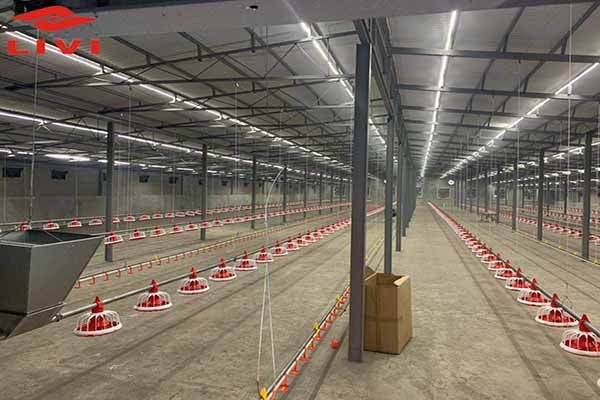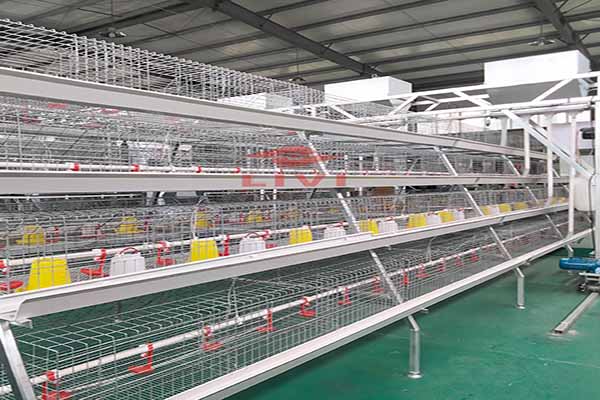Are you planning to enter the poultry business in Ghana and wondering how to set up a 30,000 layers chicken farm? Do you have land, capital, or just an idea—and need a structured plan to get started? You’re in the right place. This guide will walk you through practical steps, challenges, and considerations, from farm design to daily operations.
Let’s dive in.
1. Have You Defined Your Objectives Clearly?
Before investing in such a large project, ask yourself:
- What are my goals—egg production, breeding, or both?
- Do I plan to sell to local markets, supermarkets, or wholesalers?
- What is my timeline for return on investment (ROI)?
Your objectives will shape your decisions throughout the project. A 30,000 layers farm is capital-intensive and requires careful planning.
2. Land Selection: Do You Have Enough Space?
For 30,000 birds, you’ll need at least 3–5 acres of land.
Consider:
- Is the land well-drained and accessible by road?
- Is there a water source nearby?
- Are there any residential areas too close (noise and odor may be a concern)?
A well-selected site reduces future legal, logistical, and biosecurity issues.
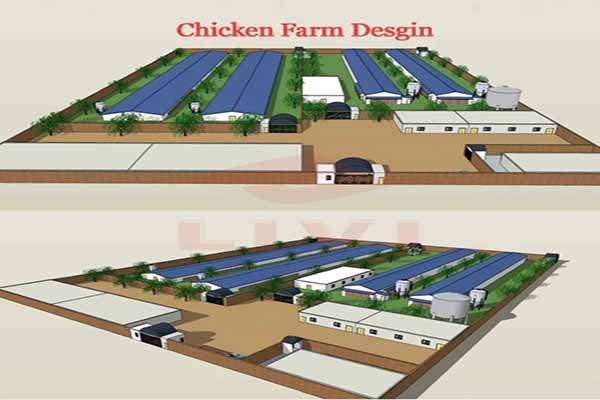
Chicken Farm
3. Project Design: Are You Going Deep-Litter or Battery Cage?
This is a big decision.
- Battery cages cost more upfront but yield better egg collection, hygiene, and space efficiency.
- Deep-litter systems are cheaper to set up but harder to manage with 30,000 birds.
Pro Tip: For 30,000 birds, battery cage systems are usually more profitable long-term due to higher egg recovery and lower feed wastage.
4. Housing and Ventilation: Have You Consulted an Expert?
A 30,000-bird operation needs well-designed poultry houses with:
- Proper ventilation and lighting
- Durable roofing to withstand Ghana’s climate
- Biosecurity zoning to prevent disease outbreaks
Have you talked to a farm architect or equipment supplier? Ask them for blueprints based on bird density and orientation to natural airflow.
5. Chicks Sourcing: Where Will You Get Your Day-Old Chicks?
Do you have a trusted hatchery? For a project this size, it’s better to:
- Partner with certified local hatcheries for bulk supply
- Check for vaccination history and genetic quality
- Order 5–10% more chicks to account for mortality
Tip: Stagger deliveries weekly (e.g., 10,000 chicks per week over three weeks) for easier management.
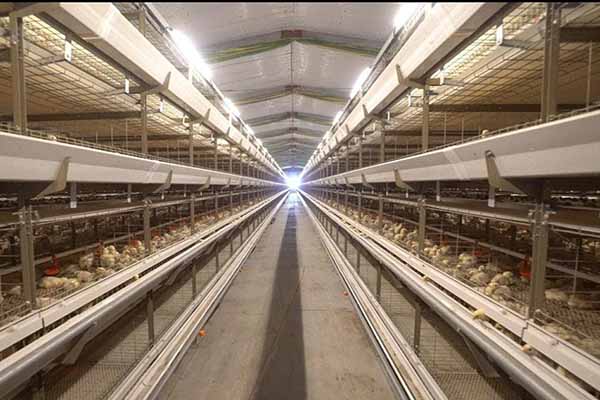
6. Feeding Plan: Do You Have a Reliable Feed Source?
Feeding 30,000 layers requires up to 4,000 kg of feed daily. Can your supplier deliver that consistently?
You have two options:
- Buy commercial layer feed
- Mix your own feed with a nutritionist’s help
Don’t forget to include grit, calcium, and vitamins in the diet.
7. Staffing and Daily Operations: How Will You Manage It All?
You’ll need:
- 1 farm manager
- 4–6 caretakers per 10,000 birds
- 1 veterinary consultant (on call)
- Security personnel
Have you set up work shifts, task lists, and standard operating procedures?
8. Vaccination and Health: Do You Have a Schedule?
Layers are prone to Newcastle, Marek’s, and Gumboro diseases.
Create a vaccination calendar and stick to it. Biosecurity is crucial—install footbaths, fences, and limit visitors.
Do you have an agreement with a poultry vet for emergencies?
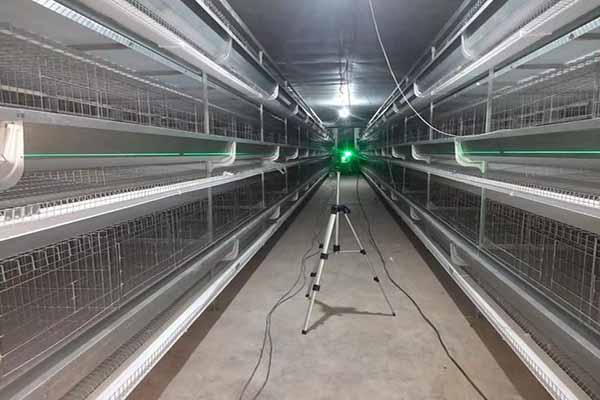
9. Marketing and Sales: Who Will Buy Your Eggs?
With 30,000 layers, you’ll produce about 27,000 eggs daily at peak. Who are your buyers?
- Local markets?
- Bakeries?
- Supermarkets?
Have you set up packaging, transport, and price agreements?
10. Budget: Have You Created a Financial Plan?
Here’s a rough estimate (in Ghana Cedis, GHS):
- Land and housing: GHS 500,000+
- Battery cages: GHS 1,000,000+
- Chicks: GHS 300,000
- Feed (first 6 months): GHS 1,200,000+
- Labor and utilities: GHS 100,000+
- Vet and vaccinations: GHS 50,000+
Do you have a business plan to present to investors or banks?
Final Thought: Are You Ready to Begin?
Starting a 30,000 layers farm in Ghana is ambitious, but achievable with the right planning. Start small if needed—10,000 birds first—and scale up. Talk to other farmers, visit poultry shows, and never stop learning.
Ready to take the next step? Begin with land, layout, and a feasibility study. Need a sample business plan? Just ask—we can help you build one.






